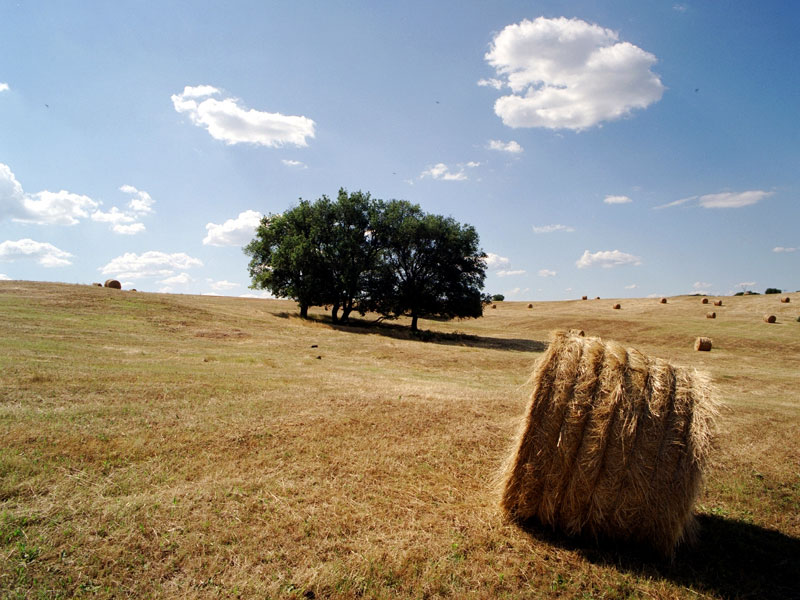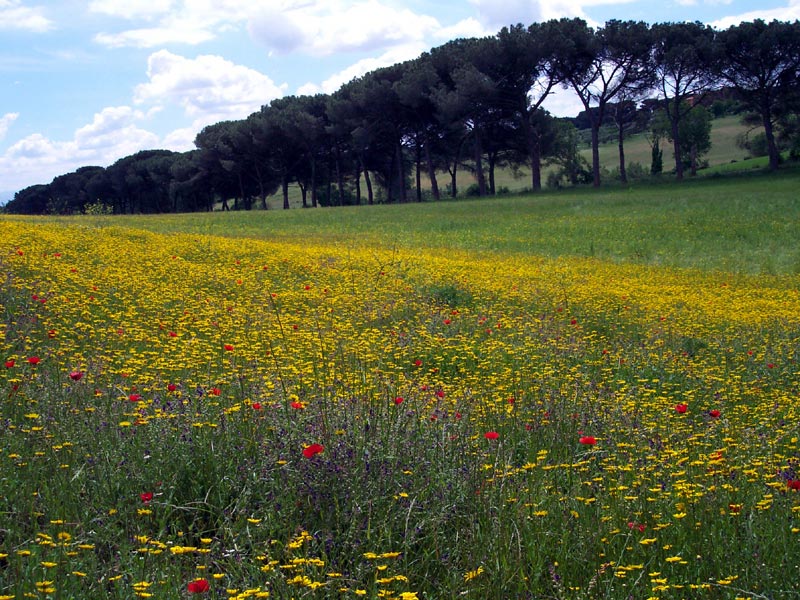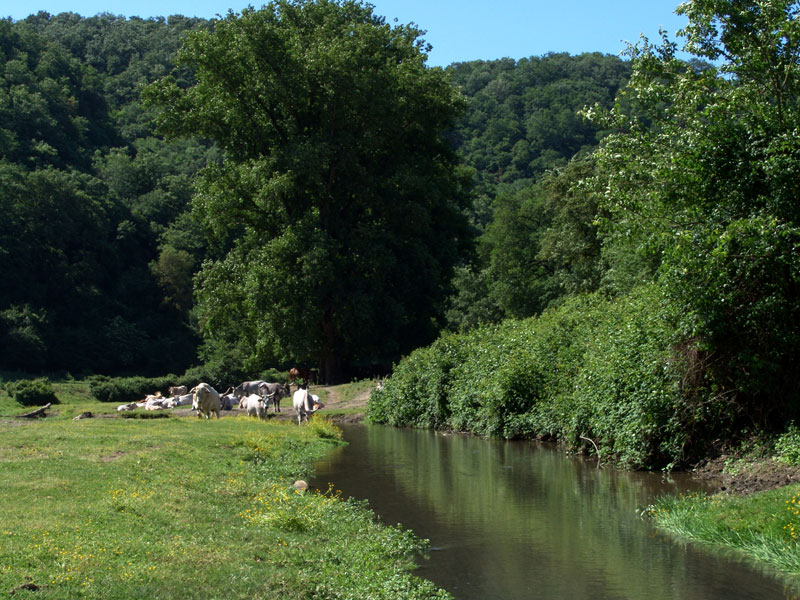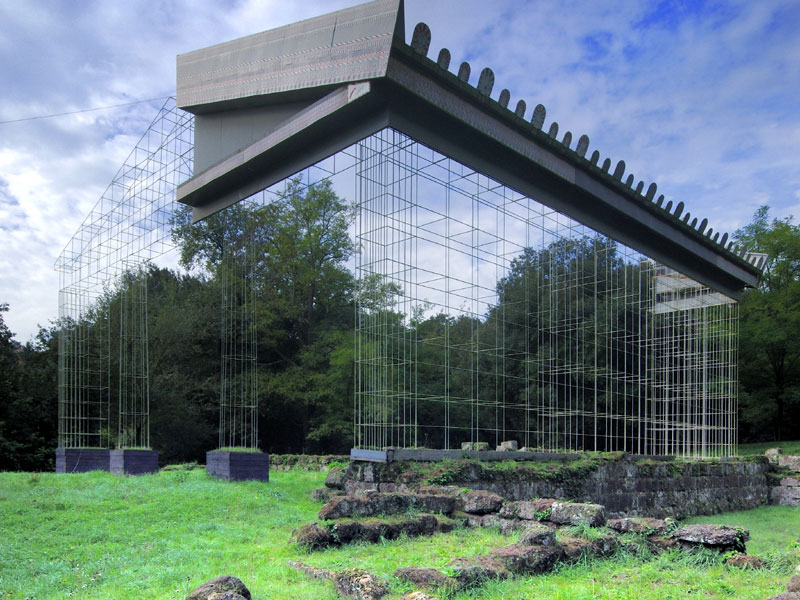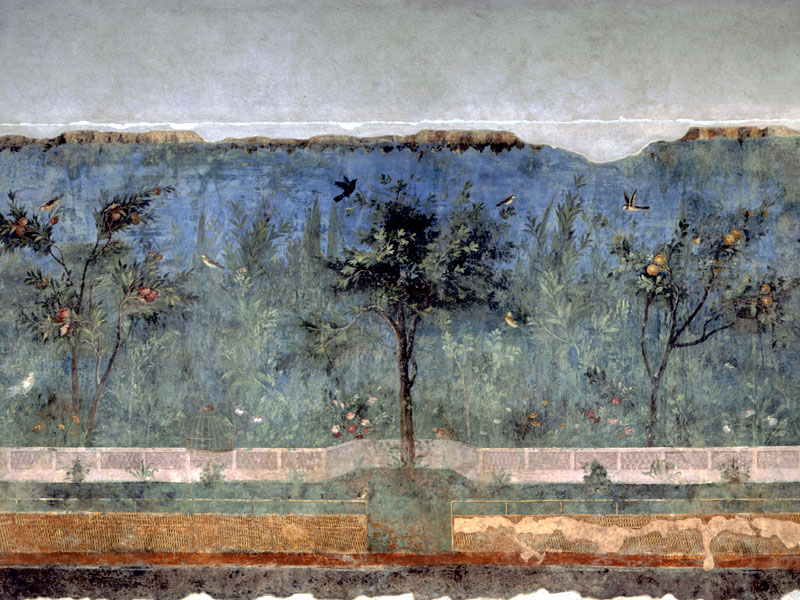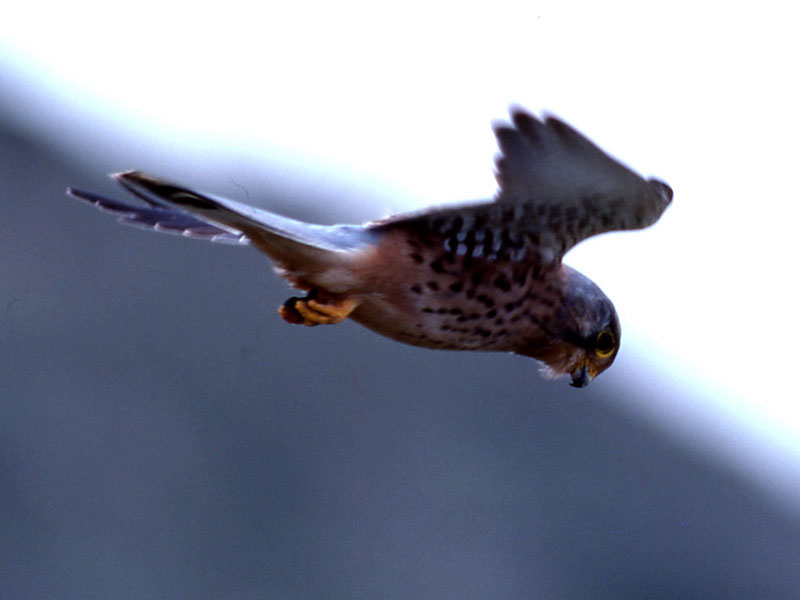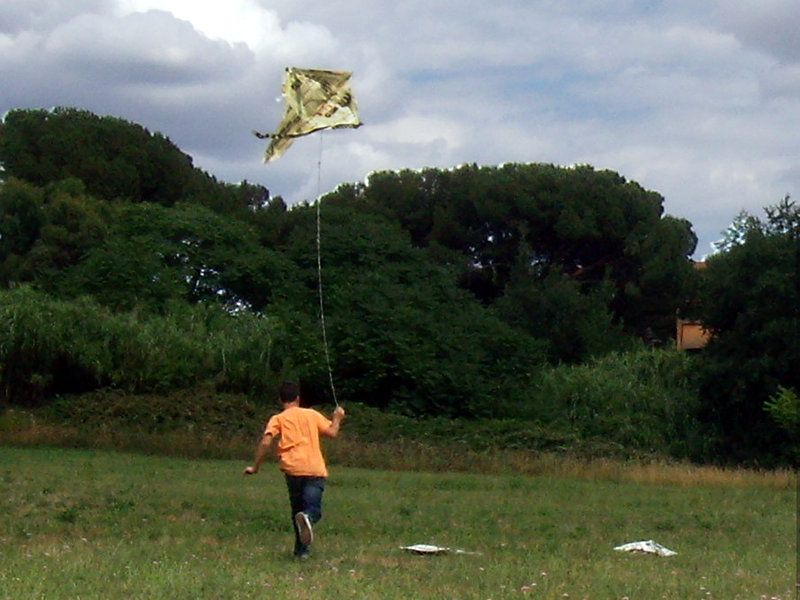Protected Area
Identity Card
- Veio Nature Park:
- Land Surface Area: 14'985.00 ha
- Regions: Lazio
- Provinces: Roma
- Municipalities: Campagnano di Roma, Castelnuovo di Porto, Formello, Magliano Romano, Mazzano Romano, Morlupo, Riano, Roma, Sacrofano
- Establishment Measures: LR 29 06/10/1997
- PA Official List: EUAP1034
- Park Authority: Ente regionale Parco di Veio
- Further managed Protected Areas:
- Zona Speciale di Conservazione Valle del Cremera - Zona del Sorbo
The Naturalistic Beauties of the Park
The protected area, delimited by via Flaminia in the South and in the East, by the provincial road Campagnanese in the North and via Cassia in the West, includes the so-called Agro Veientano, dominated by the Etruscan town of Veio and characterized by naturalistic and historical-cultural features and by a beautiful landscape.
Within the borders of the Municipality of Rome it covers a surface of about 7.000 hectares, but it also involves the Municipalities of Campagnano di Roma, Castelnuovo di Porto, Formello, Magliano Romano, Mazzano Romano, Morlupo, Riano and Sacrofano (all of them in Italian text) for a total area of about 15,000 hectares.
As far as morphology is concerned, the territory of the park - which is delimited in the East and in the West by ridges crossed by the consular roads - is made of tufaceous plateaus used for agricultural cultivations, of steep slopes carved by ditches (the ditches of the Crescenza, of the Valchetta, and of the Torraccia, which flow into the Tiber) and by slopes covered with thick natural woods, all characteristic elements of the geomorphological structure of Southern Etruria.
(the following links lead to Italian texts)
Flora and Fauna
According to the different landscapes existing in the area of Veio and deriving from the variety characterizing the geomorphology of the territory, from its microclimatic features, and from the historical events which have influenced the agricultural, silvicultural, and breeding activities for centuries, you can recognize natural-seminatural spaces and mainly rural and urban human spaces where the vegetation is often characterized by cultivated species and ornamental essences. In the natural and seminatural spaces, generally widespread where the morphology of the soil has not favored the presence of cultivations, there are woodland formations dominated by deciduous oaks and shrubs mainly consisting of hawthorn, Cornelian cherry dogwood, and blackberry. The various kinds of phytocenosis depend on the different nature of the soil, the degree of humidity, the exposure, and the morphology of the territory.
The Park represents an area of great value as far as wildlife is concerned. Among the most interesting mammals, we should mention several mustelids like the Beech Marten (Foina martes), the marten (Martes martes), the Weasel (Mustela nivalis), and the Badger (Meles meles); the Fox (Vulpes vulpes) is also widespread, while the Porcupine (Hystrix cristata) is much rarer.
The herpetofauna is particularly rich: the Western Whip Snake (Coluber viridiflavus), the Viper (Vipera aspis), the Rat Snake (Elaphe longissima), the Four-lined Snake (Elaphe quatorlineata) justifying the presence of several birds of prey nesting in the tufaceous ridges: the Black Kite (Milvus migrans), the Buzzard (Buteo buteo) which can be observed in open areas, the Sparrow Hawk (Accipiter nisus) in woodlands, the Montagu's Harrier (Circus pygargus) nesting in grassy and cultivated areas, finally, the Kestrel (Falco tinnanculus) is very common.
(the following links lead to Italian texts)
The Archaeological Beauties of the Park
Surrounded by an aura of mystery, the Etruscan civilization has always attracted researchers and curious people in an incredible mix of culture and exoticism. Although the advances in the researches have contributed to dissipate the fascinating aura of mystery which overshadowed the origins, the language and the disappearance of this civilization, the charm of the Etruscan people has remained almost unchanged, as it is demonstrated by the success of the recent exhibition in Palazzo Grassi in Venice.
The Etruscan civilization represents an extraordinary experience of social-cultural progress based on the relationship with other populations. It was the exchange with others which enriched Etruscan people both from an economic and a cultural point of view: they assimilated several aspects from different civilizations, above all eastern civilizations, to the extent that the hypothesis of the ancient eastern origins of this population should not be undervalued.
(the following links lead to Italian texts)
Fauna
The Park represents an area of remarkable value from a wildlife perspective. Among the most interesting mammals it is worth mentioning several Mustelidae such as the beech marten (Foina martes), the European pine marten (Martes martes), the least weasel (Mustela nivalis) and the European badger (Meles meles), the fox (Vulpes vulpes), and the rare crested porcupine (Hystrix cristata).
There is a particularly rich reptile and amphibian population consisting of species like the green whip snake (Coluber viridiflavus), the viper (Vipera aspis), the Aesculapian snake (Elaphe longissima), the four-lined snake (Elaphe quatorlineata), which explains the presence of many birds of prey nesting in the tuff ridges: the black kite (Milvus migrans), the common buzzard (Buteo buteo) - especially in the open areas - the Eurasian sparrowhawk (Accipiter nisus) in the woody areas, the montagu's harrier (Circus pygargus) nesting in the grassy and cultivated areas and the common kestrel (Falco tinnanculus).
(The following links lead to italian web pages)


